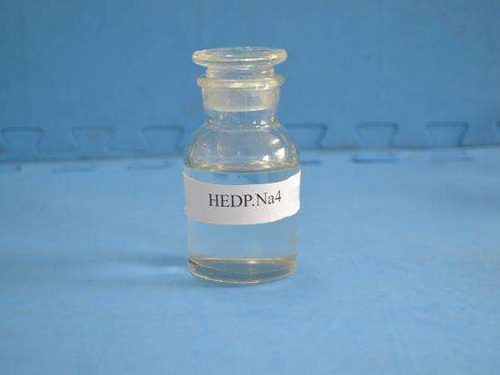Exploring the Properties and Applications of Polyacrylamide in Various Scientific Fields and Industries
Exploring the Applications and Benefits of Polyacrylamide
Polyacrylamide, a versatile polymer derived from acrylamide monomers, has gained significant attention in various industries due to its unique properties. With a high molecular weight and ability to form hydrogels, polyacrylamide finds applications in water treatment, agriculture, and biomedical fields, making it an invaluable material in modern science and technology.
Exploring the Applications and Benefits of Polyacrylamide
In agriculture, polyacrylamide is utilized to improve soil structure and enhance water retention. When incorporated into the soil, it forms a gel that can hold significant amounts of water, reducing the need for frequent irrigation. This is especially crucial in arid and semi-arid regions where water scarcity poses a major challenge to agricultural productivity. By improving soil moisture levels, polyacrylamide helps to boost crop yields and sustain agriculture in difficult climates. Additionally, its use can reduce soil erosion by improving the stability of aggregates, thereby contributing to better land management practices.
polyacrylamide p3

Biomedical applications of polyacrylamide are also noteworthy. Its biocompatible nature makes it suitable for various medical and laboratory uses, including drug delivery systems and tissue engineering. In drug delivery, polyacrylamide can be modified to create hydrogels that release therapeutic agents in a controlled manner, enhancing the efficacy of treatments. Moreover, in tissue engineering, polyacrylamide-based scaffolds can mimic the natural extracellular matrix, supporting cell growth and differentiation, which is essential for regenerative medicine.
Despite its advantageous properties, the use of polyacrylamide also raises concerns, particularly related to its toxic potential. Acrylamide is classified as a neurotoxin and a potential carcinogen. Therefore, handling polyacrylamide demands caution, and regulations are in place to ensure safety in its application. Importantly, the concentrations used in various applications are typically low enough to minimize health risks, but continued research and monitoring are essential to address these concerns adequately.
In conclusion, polyacrylamide is a remarkable polymer that plays a pivotal role in diverse fields such as water treatment, agriculture, and biomedicine. Its ability to improve water quality, enhance crop yields, and support medical advancements reflects its significant impact on modern society. As research continues to evolve, it is imperative to strike a balance between leveraging the benefits of polyacrylamide while ensuring safety measures are adhered to. Ongoing innovations could potentially expand its applications further, leading to even more sustainable practices and improved health outcomes in the future.
-
Water Treatment with Flocculant Water TreatmentNewsJun.12,2025
-
Polymaleic AnhydrideNewsJun.12,2025
-
Polyaspartic AcidNewsJun.12,2025
-
Enhance Industrial Processes with IsothiazolinonesNewsJun.12,2025
-
Enhance Industrial Processes with PBTCA SolutionsNewsJun.12,2025
-
Dodecyldimethylbenzylammonium Chloride SolutionsNewsJun.12,2025





